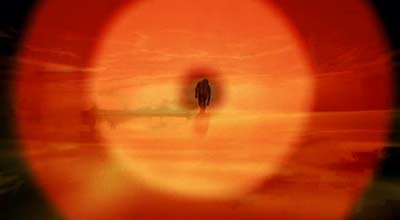Could have given that address too. And past the sailors’ home. He turned from the morning noises of the quayside and walked through Lime street.
Modern men in the throes of a midlife crisis have been known to overhaul their careers, their relationships—even their bodies. Few, though, intentionally induce hallucinations in order to commune with demons and deities and end up creating a text transforming—at least indirectly—the entire field of psychology.
Carl Gustav Jung was 37 when by most accounts he lost his soul. As psychological historian Sonu Shamdasani explained, “Jung had reached a point in 1912 when he’d achieved all of his youthful ambitions but felt that he’d lost meaning in his life, an existential crisis in which he simply neglected the areas of ultimate spiritual concern that were his main motivations in his youth.”
In fact, the dilemma was so profound it eventually caused the father of analytical psychology to undergo a series of waking fantasies. Traveling from Zurich to Schaffhausen, Switzerland, in October 1913, Jung was roused by a troubling vision of “European-wide destruction.” In place of the normally serene fields and trees, one of the era’s pre-eminent thinkers saw the landscape submerged by a river of blood carrying forth not only detritus but also dead bodies. When that vision resurfaced a few weeks later—on the same journey—added to the mix was a voice telling him to “look clearly; all this would become real.” World War I broke out the following summer.
These experiences prompted Jung to question his own sanity. But they also motivated him to embark on what turned out to be a 16-year self-seeking journey documented in a red leather journal titled “Liber Novus” (Latin for “New Book”). It features ethereal, often unsavory passages and shocking yet vibrant images expressing what Jung himself termed a “confrontation with the unconscious.”
Mr. Shamdasani, who got hold of a copy in 1996, took five years to understand it and three years to convince the Jung family to allow the journal’s publication. (…)
The result was W.W. Norton’s “The Red Book: Liber Novus.”



